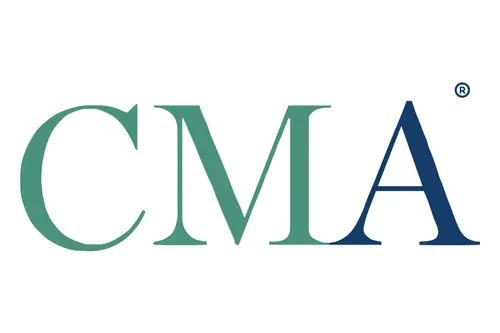US CMA Exam Part 1 vs Part 2: Syllabus, Weightage
US CMA Exam Part 1 vs Part 2: Syllabus, Weightage
Blog Article
An Insight of Structure of US CMA Exam
CMA US Classes
CMA US Classes In Pune

- 100 MCQs – 75% weightage
- Essay Questions (with Multiple Tasks)-25% weightage
- Exam Duration: 4 hours (3 hours for MCQs and 1 for essays)
- Passing Score: 360 out of 500
Both sections assess your ability to leverage theoretical concepts in applied settings relating to real-world financial decision-making. Part 1 is about financial reporting and analytics, while Part 2 is about strategic financial management.
Comparison of Syllabus for US CMA Part 1 and Part 2
The table below summarises the key topics covered in each section:
| Part 1: Financial Planning, Performance, and Analytics | Part 2: Strategic Financial Management |
| A. External Financial Reporting Decisions (15%) | A. Financial Statement Analysis (20%) |
| B. Planning, Budgeting, and Forecasting (20%) | B. Corporate Finance (20%) |
| C. Performance Management (20%) | C. Decision Analysis (25%) |
| D. Cost Management (15%) | D. Risk Management (10%) |
| E. Internal Controls (15%) | E. Investment Decisions (10%) |
| F. Technology & Analytics (15%) | F. Professional Ethics (15%) |
Syllabus in detail & Weightages

CMA Part 1: Financial Planning, Performance, and Control
Such studies follow cost accounting, and decision-making techniques (financial reporting).
- External Financial Reporting Decisions (15%)
- Generally Accepted Accounting Principles and International Financial Reporting Standards
- A decent representation of quality financial statements
- Revenues, leases, and contingencies
- Planning, Budgeting, and Forecasting20%
- Budgeting methods (Zero-based, Activity-based, etc.)
- Methods of Forecasting (Quantitative & Qualitative)
- Variance performance analysis
- Performance Management (20%)
- Key performance indicators (KPIs)
- Balanced scorecard and the centers of responsibility
- Profitability analysis
- Cost Management (15%)
- Cost behaviour and cost-volume-profit (CVP) analysis
- Activity-based costing (ABC)
- Standard cost and variance analysis
- Internal Controls (15%)
- Risk management and compliance
- Some example data models under Sarbanes-Oxley Act (SOX) and COSO framework
- Detection and prevention of fraud
- Technology & Analytics (15%)
- Data governance and cybersecurity
- Artificial Intelligence and Business Intelligence in accounts
- Data visualization techniques